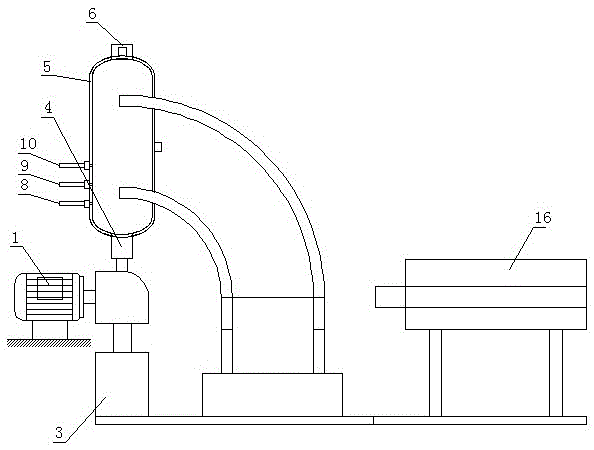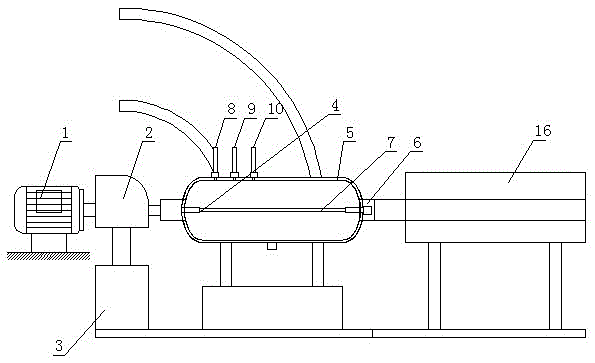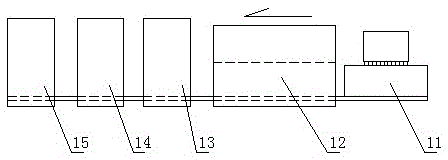Preparation method of carbon nanotube reinforced composite nerve guide
A carbon nanotube and composite material technology, applied in the medical field, can solve the problems of carbon nanotubes that have not been reported, and achieve the effects of easy storage and maintenance, reasonable structure design, and simple preparation method.
- Summary
- Abstract
- Description
- Claims
- Application Information
AI Technical Summary
Problems solved by technology
Method used
Image
Examples
Embodiment 1
[0050] Step 1: Functional modification of carbon nanotubes
[0051] The following methods are used to modify different functional groups on the surface of carbon nanotubes so that the surface of carbon nanotubes carry different charges and functional group molecules to improve the dispersibility and biocompatibility of carbon nanotubes. The specific methods are as follows:
[0052] (1) Mix the carbon nanotubes with 2.0M sodium hydroxide ultrasonically and reflux for 12 hours, and then centrifuge, filter, clean and dry the carbon nanotubes to obtain high-purity carbon nanotubes with hydroxyl groups on the surface;
[0053] (2) The mixed acid adopts the ratio of sulfuric acid:nitric acid = 3:1, reflux the carbon nanotubes in the mixed acid at 80°C for 30 minutes, repeatedly wash with deionized water to avoid introducing other impurities, and then centrifuge, filter and clean the carbon nanotubes And drying to obtain high-purity carbon nanotubes with carboxyl groups on the surface;
[00...
Embodiment 2
[0066] Step 1: Functional modification of carbon nanotubes
[0067] The following methods are used to modify different functional groups on the surface of carbon nanotubes, so that the surface of carbon nanotubes carry different charges and functional group molecules to improve the dispersibility and biocompatibility of carbon nanotubes. The specific methods are as follows:
[0068] (1) Mix the carbon nanotubes with 2.0M sodium hydroxide ultrasonically and reflux for 12 hours, and then centrifuge, filter, clean and dry the carbon nanotubes to obtain high-purity carbon nanotubes with hydroxyl groups on the surface;
[0069] (2) The mixed acid adopts the ratio of sulfuric acid:nitric acid = 3:1, reflux the carbon nanotubes in the mixed acid at 80°C for 30 minutes, repeatedly wash with deionized water to avoid introducing other impurities, and then centrifuge, filter and clean the carbon nanotubes And drying to obtain high-purity carbon nanotubes with carboxyl groups on the surface;
[0...
PUM
 Login to View More
Login to View More Abstract
Description
Claims
Application Information
 Login to View More
Login to View More - R&D
- Intellectual Property
- Life Sciences
- Materials
- Tech Scout
- Unparalleled Data Quality
- Higher Quality Content
- 60% Fewer Hallucinations
Browse by: Latest US Patents, China's latest patents, Technical Efficacy Thesaurus, Application Domain, Technology Topic, Popular Technical Reports.
© 2025 PatSnap. All rights reserved.Legal|Privacy policy|Modern Slavery Act Transparency Statement|Sitemap|About US| Contact US: help@patsnap.com



